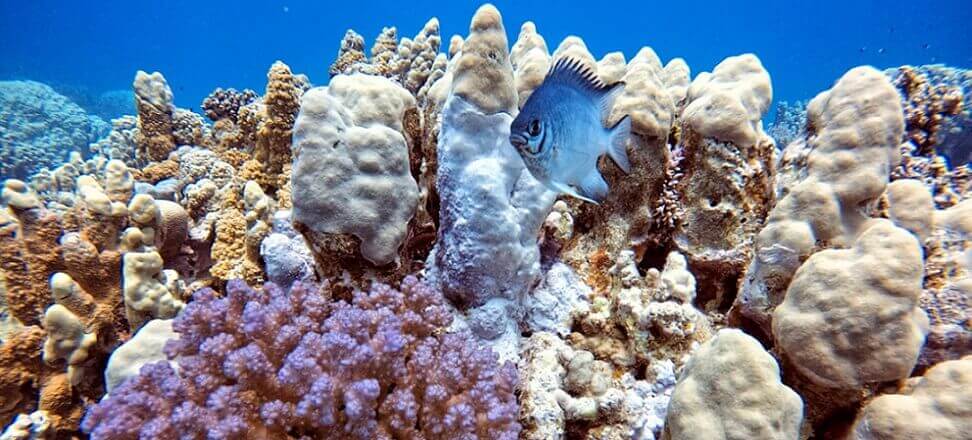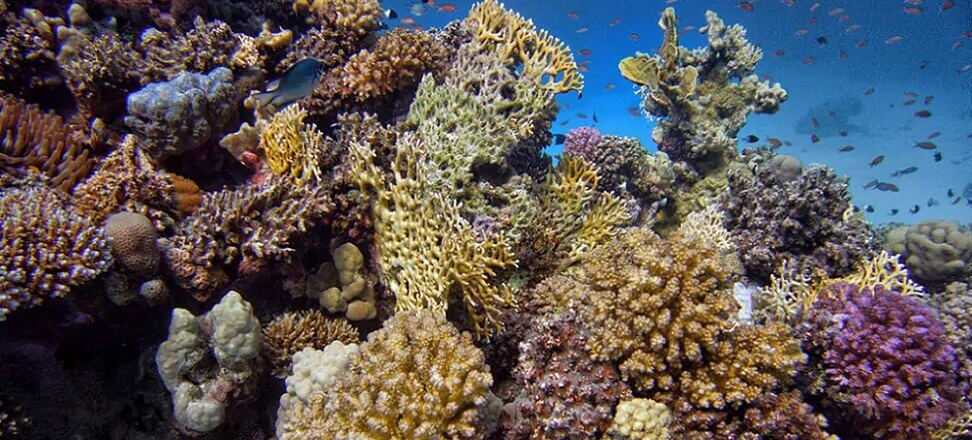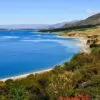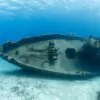From the world
The largest coral reef in the world
The largest coral reef in the world is the Great Barrier Reef, stretching over 2,300. km. It is the most globally known reef system and is one of the most important marine ecosystems on Earth. In 1981. entered it to the UNESCO World Heritage List because of its great ecological and scientific value, but also because of its natural beauty.
Coral reefs are the equivalent of underwater forests
Coral reefs are diverse ecosystems, the underwater equivalent of forests, connected by calcium carbonate structures. They occupy just 1 percent of the ocean floor, and are estimated to be home to about 25 percent of the world’s marine species. Larger coral assemblages, such as the Great Barrier Reef, actually consist of many smaller systems combined into one. The integration of plant life and colorful marine fish makes coral reefs an example of great biodiversity and a unique aquatic ecosystem.
Great Barrier Reef
The Great Barrier Reef is located on the east coast of Australia, in the state of Queensland, in the Coral Sea in the Pacific Ocean. As the world’s largest ecosystem, it is larger than Italy, for example, and New Zealand would fit into the Great Barrier Reef Marine Park 1.3 times. This rich layout extends over 2,300. km and consists of 3,000. individual systems, which is about 10 percent. coral reefs in the world.
The Great Barrier Reef Marine Park includes nearly 344,500. km2(About 70 million soccer fields). It is known for its beautiful underwater landscapes and for its enormous biodiversity – more than 1,600 people live there. species of fish, coexisting with 400 types of corals. It is the only living organism visible from space. This place is not only important scientifically, but also as a tourist destination, attracting millions of visitors from all over the world each year. Today, the Great Barrier Reef is a marine park and a world heritage area.
A reef is much more than coral. There is an incredible variety of fish here, more than 1,600 species. From the tiny ones that travel in the mouths of others, to the more than 100-kilogram ones that suck the food along with the shells from the sand. This is without a doubt diversity. These and many other tidbits of information can be heard from Fiona Merida, director of the education and engagement at the Reef Authority, the Australian agency that manages the Great Barrier Reef.

Some facts about the animals that live in the Great Barrier Reef
The Great Barrier Reef is home to a stunning and diverse array of animals – from microscopic plankton to whales weighing more than 100 tons. He lives there:
- 1625 fish species – 10 percent. All living in the world;
- More than 600 types of hard and soft corals;
- 215 species of birds;
- 133 varieties of sharks and rays;
- 30 species of whales and dolphins;
- 14 species of sea snakes;
- 6 of 7 species of sea turtles;
- 25%. All known marine species.
The Great Barrier Reef and the dangers
The delicate and fragile ecosystem of the Great Barrier Reef is under pressure from many human activities and other threats, including. climate change, global warming, ocean acidification, poor water quality due to land-based pollution, pests such as coral-eating crown-of-thorns starfish, fishing and coastal development.
Corals, although they appear dead, are alive and form structures in their environment that provide shelter and food for many species of fish and other marine organisms. They grow extremely slowly, and some have been around for hundreds or even thousands of years. Corals are very sensitive to any changes, such as water temperature or water chemistry. Protecting the reef is extremely important, which is why the Queensland government is working closely with a number of partners and allocating huge funds for this purpose.
The condition of the Great Barrier Reef is closely monitored by local operators and the Marine Park Authority. Coral fading is a natural reaction to stress and is not at all uncommon, but massive color loss can result in coral death. We have already written about coral reefs in the pages of our magazine: what problems they face and how a small decorator crab (Schizophrys aspera) can contribute to the protection of the Great Barrier Reef.
Photo authors: Katarzyna Banaszak, Krzysztof Łachacz

 Polski
Polski







